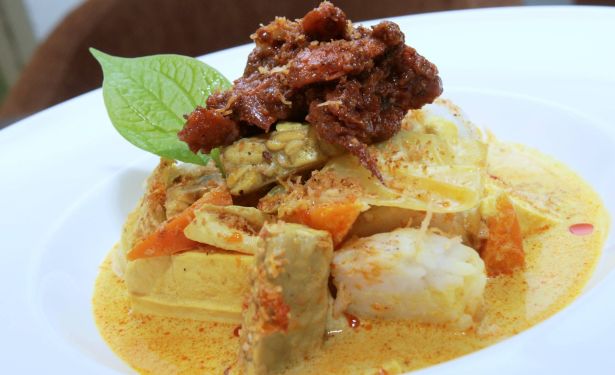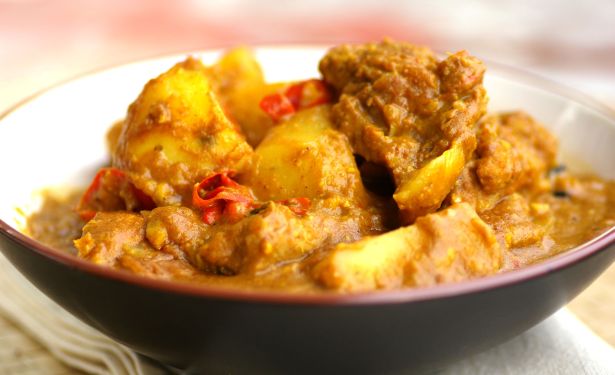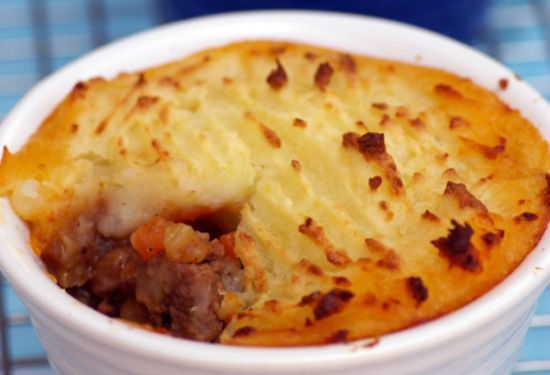The woes and wonders of developing wine over time.
I RECEIVED this query from reader H.K. Chan recently: “When I waited on tables in Ireland, everybody seemed to drink Mouton Cadet. I thus assumed it must be highly regarded. Imagine my surprise when I finally opened a long-kept bottle only to discover that it tasted of cough syrup (the 1980s General Hospital version, no less). I wonder why? I am considering giving the rest of the bottle to my dog and cat.”
Wines make wonderful souvenirs. People keep wines for many sentimental reasons. Some couples choose to celebrate their tin, crystal, china or gold anniversary with the wine that they served when they got married. Uncorking the decades-old wine symbolises for the couple how their marriage has endured. And like the wine, has even become more valuable!
Similarly, I know of many proud parents who choose to buy good wine by the caseloads the year their child is born. When the kid turns 18, the parents ship the wines back to celebrate with it. Lucky kid.
I have to admit, Mr Chan’s situation really made me smile. From waiting at tables to drinking at the table. Nice touch.
Regarding his recent experience with the old Mouton Cadet: The wine, while good for enjoyment at the table, is not a wine that was meant to make the journey through time gracefully. The wine Chan kept is past its time. In fact, it had begun deteriorating years before it was even opened.
Why do some wines improve with time and why do wines like Mouton Cadet not?
Let’s begin by considering the process of wine ageing in the bottle.
As wine matures in the bottle, complex chemical reactions involving a wine’s sugars, acids and phenolic compounds (such as tannins) can alter the aroma, colour, “mouthfeel” and taste of the wine.
In essence, the wine goes through an oxidative and reductive process. The fresh smells of the grape (aromas), usually of various types of fruit, are replaced by the reductive smell (bouquet) of the aged wine.
Bouquet smells range from honey and caramel to apricot and dried fruit for white wines; earth and mushrooms to spice and leather in red wines. Wine connoisseurs consider wines that have developed bouquet to be well aged and complex – a desirable thing.
Ageing especially in red wines also involves the process of the tannins in the wine joining together (agglomeration) until they are too heavy to stay in solution, and they fall to the bottom (polymerisation) of the bottle as sediment. The positive effect of this is that the wine texture becomes smoother.
At the same time, the colour in the red wine lightens because the red colour pigments (anthocyanins) bond to the sediment. In white wine, the colour turns slightly brown but mostly golden (oxidation).
All of the above changes are deemed to have resulted in an improvement in the wine quality, thanks to ageing. Different wines mature at different rates and it is impossible to determine the exact ageing levels of a wine. Wine ages more slowly at cooler temperatures.
The wines that age well are those that have chewy tannins, a high acidity but enough fruit to last the ageing process. The more of these components a wine has, the longer it will age. The ability of a wine to age is influenced by many factors including grape variety, vintage, viticultural practices, wine region and winemaking style.
For example, Cabernet Sauvignon wines have high phenols (tannin compounds) and this helps them to age. Similarly, wines with a low pH and high acidity such as Pinot Noir have a capacity to age longer. The acidity plays a similar role to the tannins. It’s no wonder Riesling wines are some of the longest ageing white wines. Sweet wines also have a greater capacity for ageing. We won’t go into the details here.
Some wines like Chan’s cherished Mouton Cadet are made for drinking within a few years of its bottling. The wine reaches its peak very early and after that starts to deteriorate. Due to the oxidative and reductive process over time, the wine has naturally evolved into something else. Is it safe for consumption? Probably. But if you’re turning your nose up at it, I certainly would imagine your pets would too, and rightly so!
In case you’ll be interested to know which wines aren’t for keeps, here’s a short list as cited by Jancis Robinson in her book entitled Jancis Robinson’s Wine Course:
> German QBAs;
> Asti and Moscato Spumante;
> Rosé and blush wines like White Zinfandel;
> Branded wines like Yellow Tail, Mouton Cadet, etc;
> European table wine;
> American jug and box wine;
> Inexpensive varietals (with the possible exception of Cabernet Sauvignon);
> The majority of Vin de pays;
> All Nouveau wines;
> Vermouth; and
> Basic Sherry, Ports.
Note that, depending on the vintage conditions, two wines from the same estate can develop differently.
Ed Soon is a qualified oenologist and has run wine shops and worked as a winemaker in various countries. He now writes and teaches about wine around Asia.




